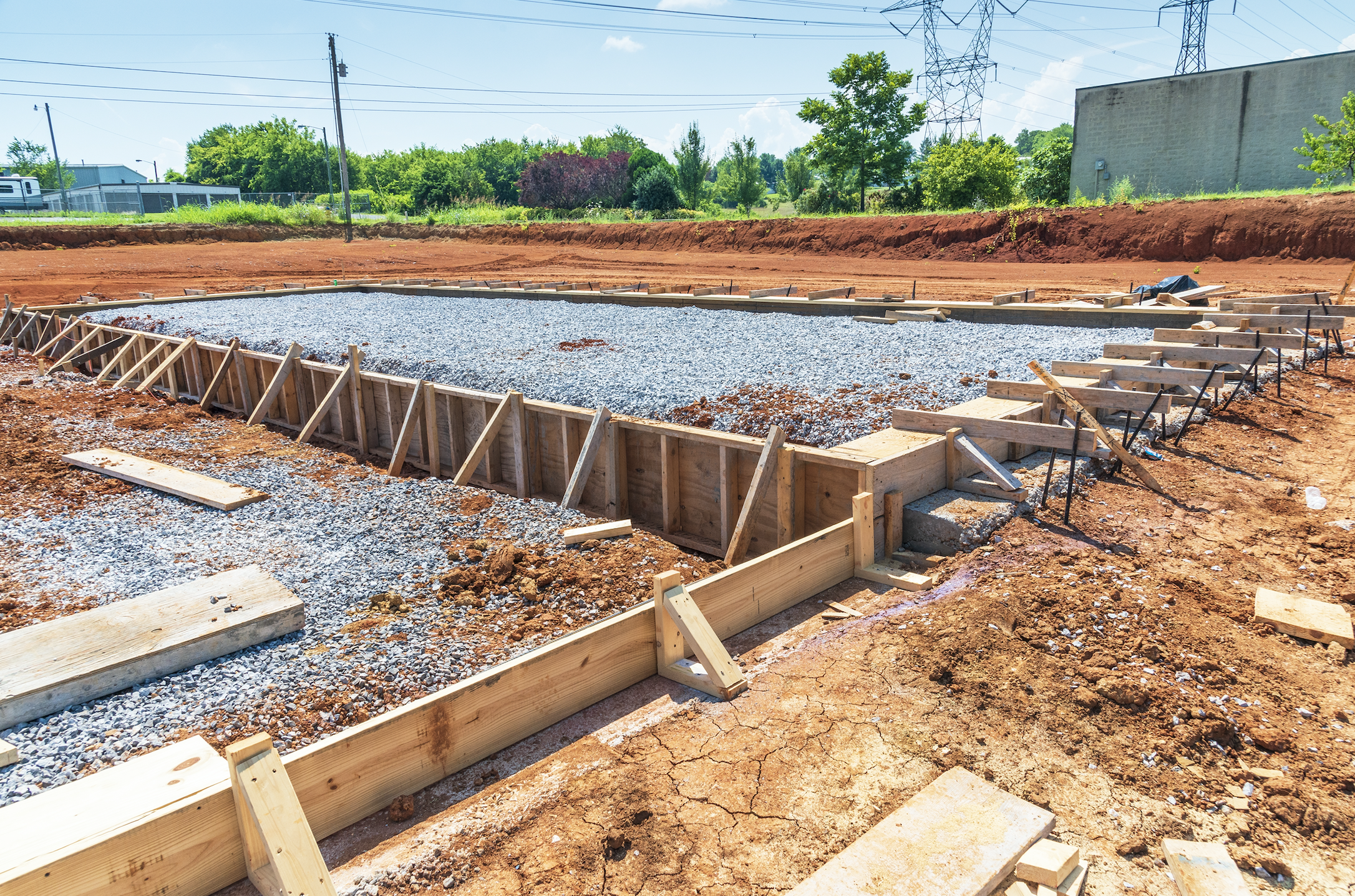Written by Michael Boyes, head of construction and engineering
Across New Zealand, the winter weather conditions threaten to saturate the ground — potentially causing landslips and soil collapse and often, causing disruption to construction works.
Increased rainfall during the winter months is expected, but the recent ‘once in a century’ downpours in the Canterbury region were extreme. Heavy rain can cause newly exposed soil to move or collapse — destabilising excavations and challenging the progress of structural works. What does this mean for insurers? And how do we discern the difference between the consequence of defective workmanship, planning or design, and accidental loss or damage?
Under pressure
After heavy rainfall, soil types react differently to the increased groundwater levels. Factors such as moisture content, the proportion of different particle sizes, and internal pressures influence how the ground will behave. In an ideal world, soil samples are taken at differing depths before starting building excavations to assess the ground conditions accurately. Even the most modest developments might involve investigations extending to 5 metres below ground level.
However, some building contractors and surveyors, already under pressure to meet tight budgets might quite reasonably rely on local geological reports rather than individual site investigations at the planning phase. And when excavations uncover unexpected soil conditions such as seams of sand or layers of clay, the appropriate modifications might not have been allowed for.
Technical investigations
It’s important to review the situation from every angle to determine whether or not it should be considered unfortunate or foreseeable. Extreme weather events can seriously compromise any construction site, even where ground conditions have been tested and are considered stable. And there are many other factors that can come into play. While insurance cover might exist for loss or damage caused by perils of nature or on-site activity, there still needs to be a thorough technical investigation into cause, as well as the adequacy of the temporary works that collapsed to establish an effective solution and resolve the problem.
Knowledge and experience
Determining liability under these circumstances requires engineering expertise, as well as knowledge of and experience with this type of risk to reach a fair and appropriate conclusion. Clear communication with all parties involved ensures the proper decisions can be made on policy response and subsequent remedial works. While extreme weather will undoubtedly cause claims, there’s always the possibility that some innocent but ill-judged decisions might have contributed to the loss.
Every year, we witness numerous claims in which heavy rainfall has significantly impacted excavation and construction. Our team of experienced civil and structural engineers, as well as professional loss adjustershave the expertise to handle a wide range of complex and often substantial construction losses. We are closely monitoring the weather conditions and we are here to help you with any needs that arise during the months to come. For more information about our construction expertise, contact me at [email protected].
Tags: CAT response, construction claims, Engineering, Evolving risks + Response, Investigations, Liability, Mitigating risk, New Zealand, Property, soil, structural engineers, Weather

